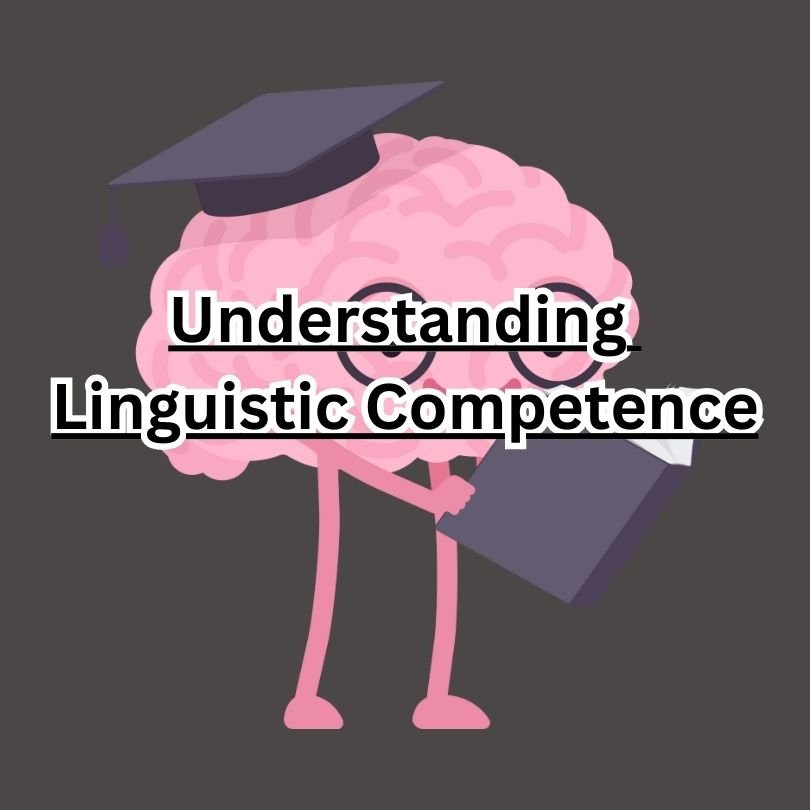Teaching English Writing in Senior High Schools Using the Mind Mapping Method
Teaching English writing in senior high schools can be challenging yet rewarding. One effective method to enhance students’ writing skills is mind mapping. Mind mapping is a visual tool that helps students organize their thoughts, making the writing process more structured and coherent. This article will explore the benefits of mind mapping and how it can be implemented in the classroom to improve English writing skills in senior high school students.
The Importance of Teaching Writing Skills
Writing is a critical skill for academic success and future career opportunities. It allows students to express their ideas, communicate effectively, and demonstrate their understanding of various subjects. However, many students find writing daunting due to the complexity of organizing thoughts and ideas coherently. This is where mind mapping can play a significant role.
What is Mind Mapping?
Mind mapping is a visual representation of information that shows the relationships between different concepts. It involves writing down a central idea and branching out related ideas in a hierarchical structure. This method helps in breaking down complex information into manageable chunks, making it easier for students to understand and retain.
Benefits of Mind Mapping in Writing
- Improves Organization: Mind mapping helps students organize their thoughts logically. By visually mapping out their ideas, they can see the connections between different points, leading to a more structured and coherent piece of writing.
- Enhances Creativity: The visual nature of mind maps stimulates creative thinking. Students can explore various ideas and themes, leading to richer and more diverse content in their writing.
- Boosts Memory Retention: Mind maps use images, colors, and keywords, which are more memorable than linear notes. This aids in better retention and recall of information.
- Simplifies Complex Information: Mind mapping breaks down complex topics into simpler, more understandable parts. This makes it easier for students to tackle challenging writing assignments.
- Encourages Critical Thinking: Creating a mind map requires students to analyze and synthesize information, promoting critical thinking and deeper understanding.
Steps to Implement Mind Mapping in Teaching Writing
- Introduce Mind Mapping: Begin by explaining the concept of mind mapping to your students. Show them examples and discuss the benefits.
- Choose a Central Topic: Select a central theme or topic for the writing assignment. This could be an essay question, a research topic, or a creative writing prompt.
- Brainstorm Ideas: Encourage students to brainstorm ideas related to the central topic. They can jot down keywords, phrases, or concepts that come to mind.
- Create the Mind Map: Using a large sheet of paper or digital tools, have students create their mind maps. The central topic should be in the center, with branches representing main ideas and sub-branches for supporting details.
- Develop the Outline: Once the mind map is complete, students can use it to create a detailed outline for their writing. Each branch and sub-branch can be expanded into paragraphs, ensuring a logical flow of ideas.
- Write the Draft: With the outline in hand, students can begin writing their drafts. The mind map serves as a guide, helping them stay focused and organized.
- Review and Revise: After completing the draft, students should review and revise their work. Encourage them to refer back to the mind map to ensure all key points are covered and well-explained.
Practical Classroom Activities
Activity 1: Mind Map Brainstorming Session
- Objective: To brainstorm ideas for an essay on environmental conservation.
- Materials: Large paper, markers, or digital mind mapping tools.
- Procedure: Divide students into groups and ask them to create a mind map with “Environmental Conservation” as the central topic. Have them brainstorm and map out related ideas such as recycling, renewable energy, pollution, and wildlife protection.
Activity 2: Mind Mapping for Story Writing
- Objective: To plan a creative story using mind mapping.
- Materials: Paper, markers, or digital tools.
- Procedure: Ask students to choose a story theme (e.g., adventure, mystery) and create a mind map outlining the plot, characters, setting, and key events. This visual plan will help them write a more detailed and coherent story.
Activity 3: Research Paper Preparation
- Objective: To organize research findings using mind mapping.
- Materials: Paper, markers, or digital tools.
- Procedure: Assign a research topic and have students gather information from various sources. They will then create a mind map to organize their findings, highlighting key points, supporting evidence, and references. This map will serve as the foundation for their research paper.
Conclusion
Mind mapping is a powerful tool that can significantly enhance the teaching and learning of English writing in senior high schools. By helping students organize their thoughts, stimulate creativity, and simplify complex information, mind maps can transform the writing process into an engaging and productive activity. Implementing mind mapping in your classroom can lead to improved writing skills, better academic performance, and greater student confidence.



